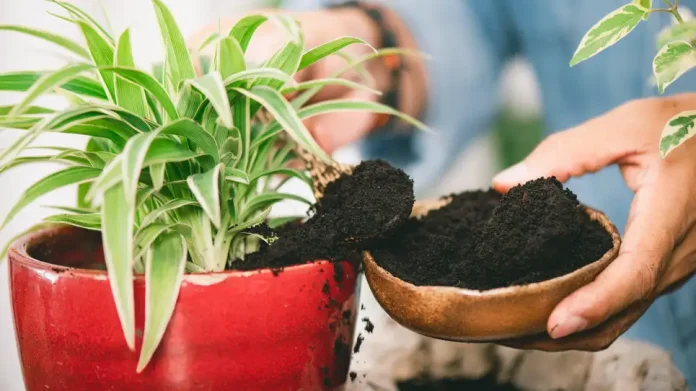I don’t mean to worry, but you really should stop throwing away coffee grounds. Now. Do you know how versatile coffee grounds can be? How much of that cup of coffee you drink in the morning can be reused in a non-intuitive way in your home, garden or even your body? Its microbial, anti-inflammatory and antioxidant properties, natural odor absorption and coarse texture make it one of the most useful things we ever threw away as trash. Give your trash a new lease of life by repurposing it.
to deodorize your hands, refrigerator and clogs.
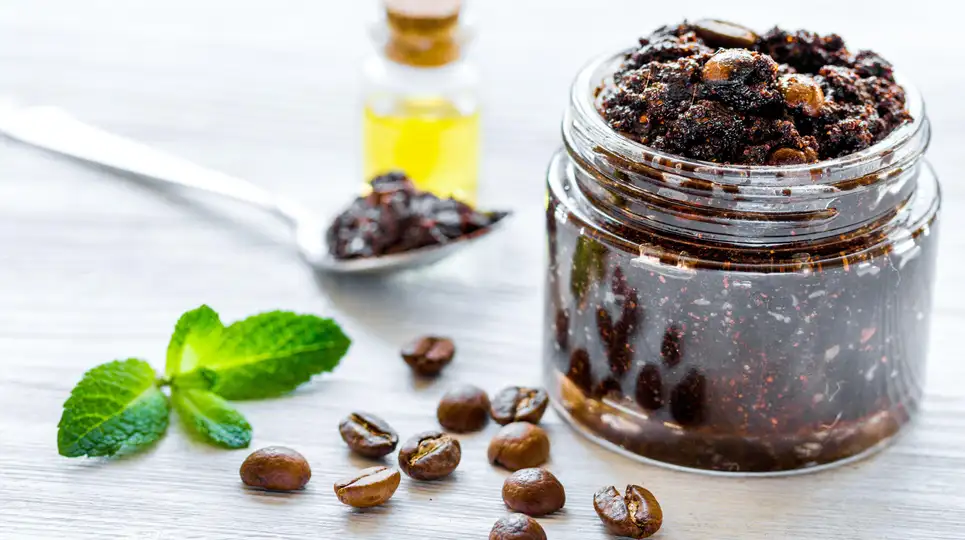
Coffee grounds have an unexpected effect in deodorizing. Place coffee grounds in a jar, uncovered, in the back of your refrigerator to eliminate food odors. You can also put them on the kitchen counter and apply them to your hands after chopping garlic or onions. Put used powders in socks, tie them together and place them in places where odors tend to accumulate, such as gym bags, shoe boxes, laundry baskets and car floors, to make temporary “sachets.
Clean your kitchen

Coffee grounds are a natural abrasive that helps remove grease and grime from utensils and surfaces. Sprinkle it on a brush or scrubbing brush to remove stubborn stains that stick to pots, pans, utensils, sinks, stovetops and even coffee pots. Just don’t use it on light-colored granite or marble countertops. The color may bleed into the porous surface.
On the outside. It’s also effective for removing stains from grills and grilling utensils.
Meat tenderizer.
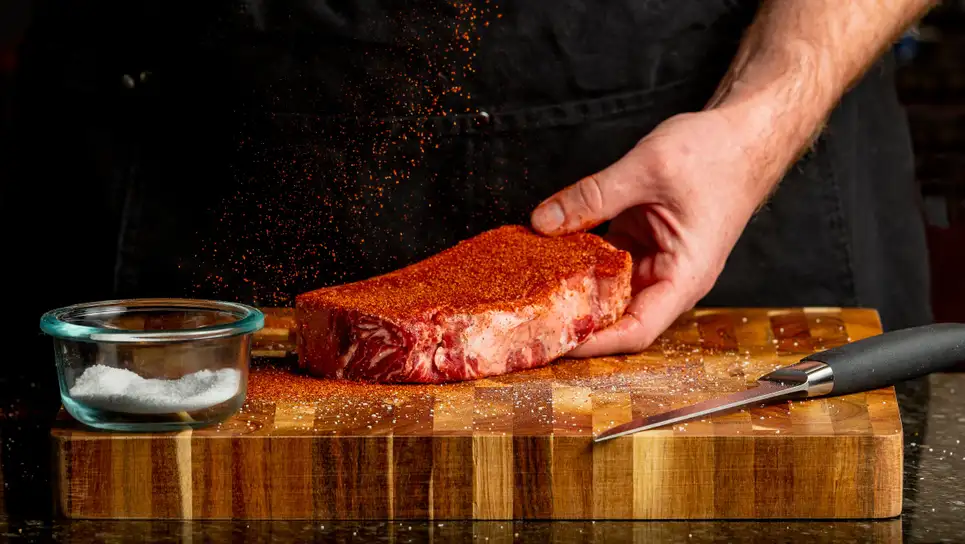
Coffee is also a natural meat tenderizer. When salts, acids or enzymes are applied to meat, the proteins and muscle fibers become less tough – think of what our good friend coffee contains. Coffee contains natural acids and enzymes. (Mix used coffee beans with dry rub seasoning and apply to meat at least two hours before cooking. (Or, brew the coffee again, let it cool, then marinate the meat in the liquid for 24 hours).
Fertilizer.

Coffee grounds are a good source of nitrogen. They also contain nutrients such as phosphorus, potassium, iron, calcium and magnesium, making them an inexpensive contribution to nutrient-poor soils. To make fertilizer, mix coffee grounds with organic matter, such as dead grass, fallen leaves, compost or dried straw, which helps the grounds clump together and prevents water from seeping in.
According to Lisa Ogden of the University of Wyoming, “Plants that respond well to coffee grounds include blueberries, cabbage, soybeans, fruit trees, tomatoes, corn, roses, camellias, rhododendrons and azaleas.” Here is a good example. However, if you spread it liberally around seeds and seedlings, residual caffeine can adversely affect growth.
Attract earthworms to your garden

Coffee grounds not only enrich the soil, they also attract nature’s best little garden helper – earthworms. (Earthworms improve soil aeration, filter water and excrete nutritious feces. Be careful about the number of earthworms, as too many can make the soil more acidic.
Repel pests.
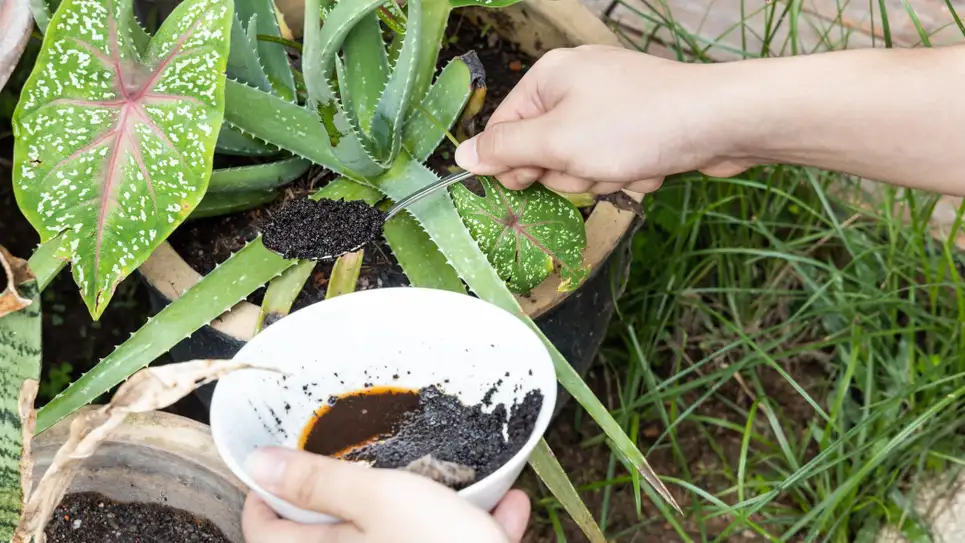
Spread spent manure around your garden and plants to keep ants, slugs, snails and other pests away; Healthline even claims that leaving (or sprinkling) coffee grounds in outdoor seating areas repels mosquitoes, fruit flies and beetles. It says.
Compost (pile) making
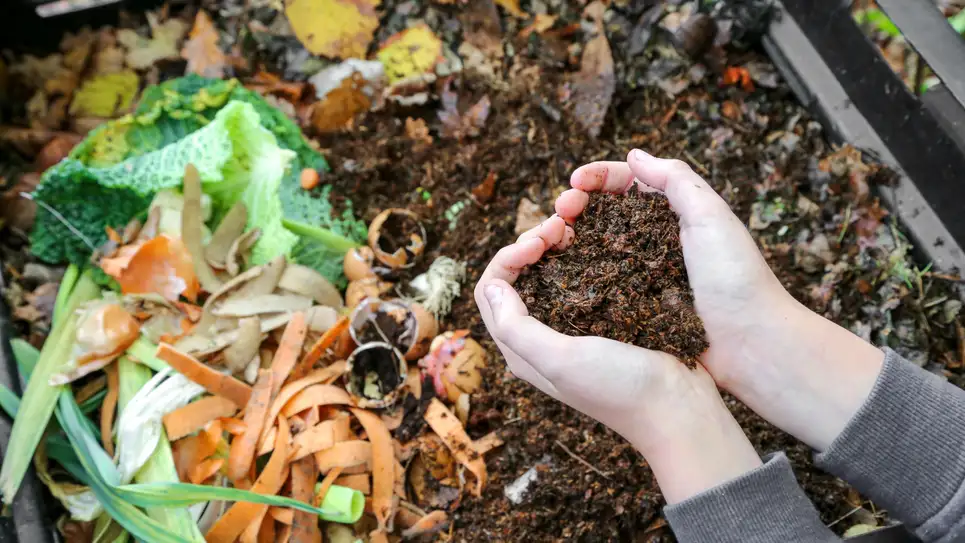
If you don’t have plants in your garden, you can put coffee grounds in your compost pile for future use; Lisa Ogden writes, “The amount of coffee grounds you put in your compost pile should be no more than 20-35%. For composting purposes, coffee grounds are considered a nitrogen-rich “green” material and should be adequately balanced with carbon-rich “brown” materials such as leaves, newspaper and wood chips.
is used for peeling.
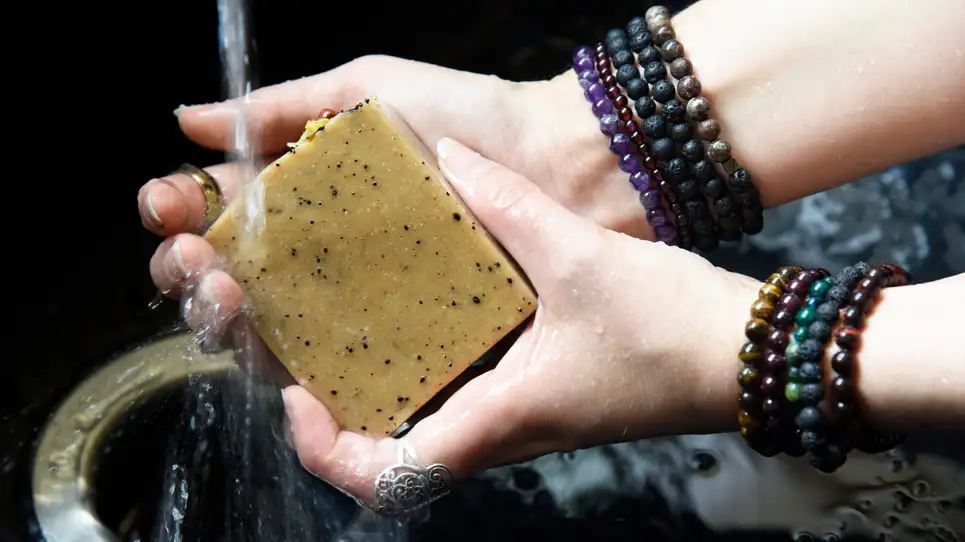
Oh, coffee grounds, can’t you do that? Save money on expensive skin exfoliating products by using coffee grounds for DIY scrubbing. According to Julia Watkins, author of The Simple Life, “To make exfoliating soap, melt a bar of glycerin soap, add 1/3 cup of coffee grounds, and Stir and pour into a soap mold.” This can be used for daily skin care, or as a “gardening soap” to remove dirt after working outdoors. (You can also mix coffee grounds with water or coconut oil and apply directly to your face, or you can make this exfoliating scrub and apply it to dry winter feet).
to reduce puffiness and dark circles under your eyes.
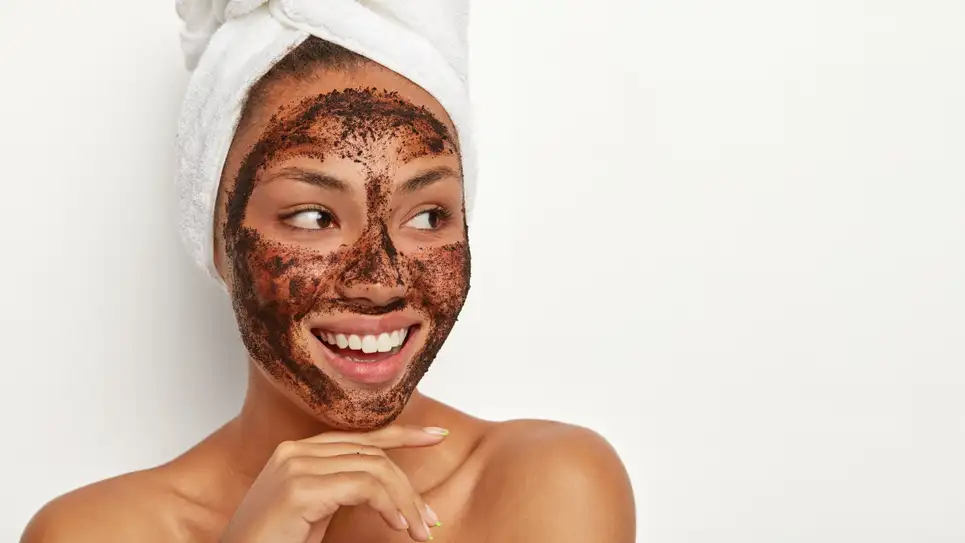
Have you ever noticed what’s in some of the under-eye “recovery rolls” designed to reduce puffiness and dark circles? Caffeine! According to the Cleveland Clinic, caffeine is a natural “vasoconstrictor,” which means it constricts blood vessels and reduces blood flow to the skin, making it look tighter and smoother. (In other words, it constricts blood vessels and reduces blood flow, making the skin look firmer and smoother. (Note: It has no effect on under-eye laxity, which is passed down through generations. (It may, however, help with hangovers on the face). Using your fingers, apply the cooled powder under your eyes and leave it on for 10-15 minutes, being careful not to let it get into your eyes.
For the under-eye mask, mix 1 egg white with 1 tablespoon of coffee grounds. Cut a round cotton ball in half and apply the egg white mixture to one half of the cotton ball. Leave on under the eyes for 10-15 minutes, then wipe the remaining area and rinse well.
to add shine to hair.
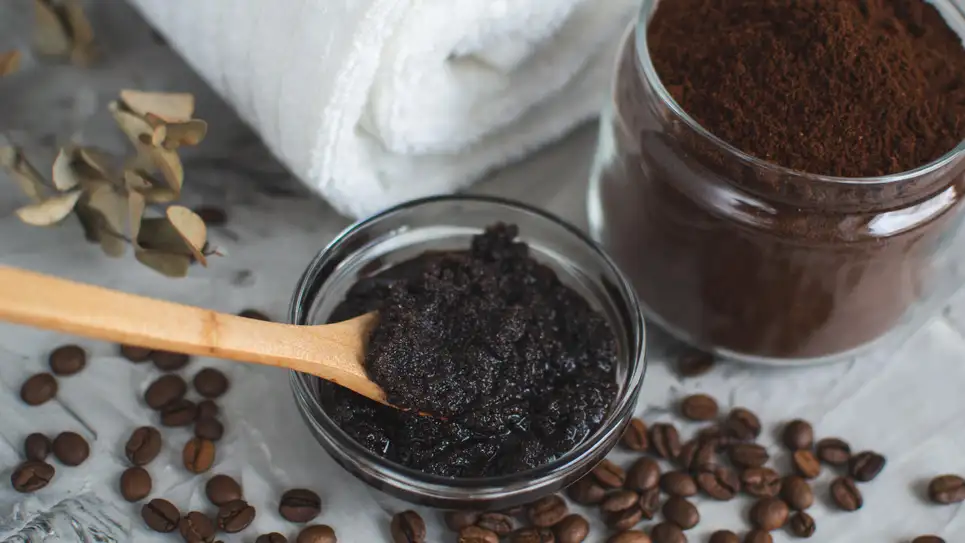
Use the natural abrasive properties of coffee grounds to treat your hair. If your hair starts to feel weighed down by the residue of conditioner, gel, mousse or hairspray, massage a handful of coffee grounds into your scalp before shampooing. The coarse particles will remove the excess, leaving your hair lighter and shinier. (We haven’t tried this method, but it can be very helpful when trying to get the thick grease of lice out of my kids’ hair.)
Promotes hair growth
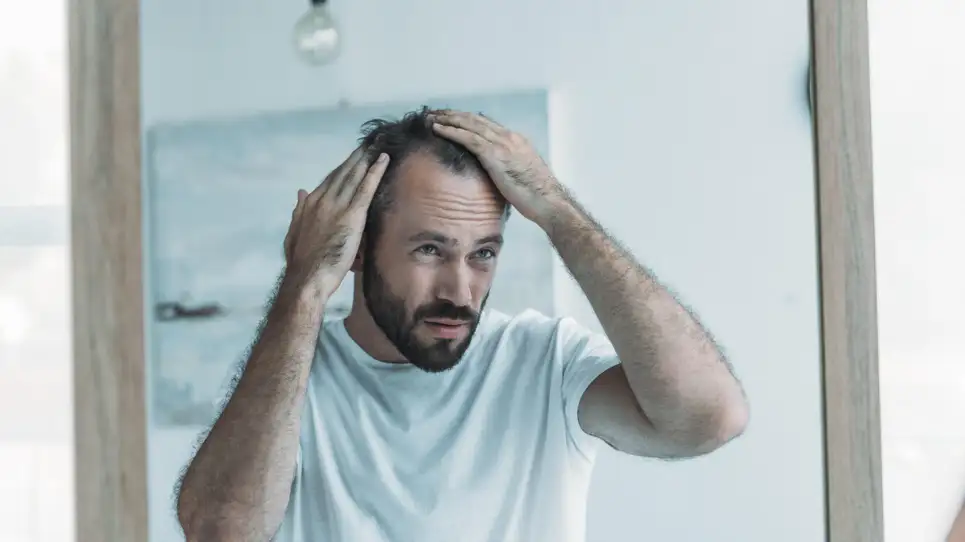
Maybe you don’t need Rogaine? Caffeine has been found to be a stimulant in many ways. Rubbing coffee grounds directly into the scalp has been found to stimulate blood circulation to the skin, which stimulates hair growth. In one study, balding male subjects were also allowed to grow human hair follicles.
Clean your fireplace (to reduce smoke).
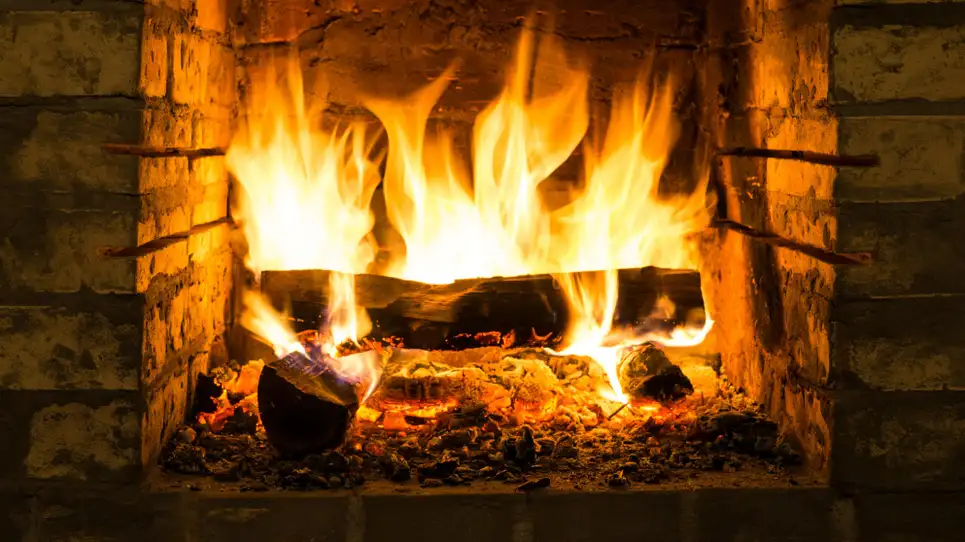
Removing ashes from a wood-burning stove can be a tedious task. Sprinkling moist coffee grounds on the ashes will weigh them down and make them easier to remove. This method prevents smoke buildup and mitigates dust migration from the fireplace to other parts of the room or house.
prevents scratches on furniture.
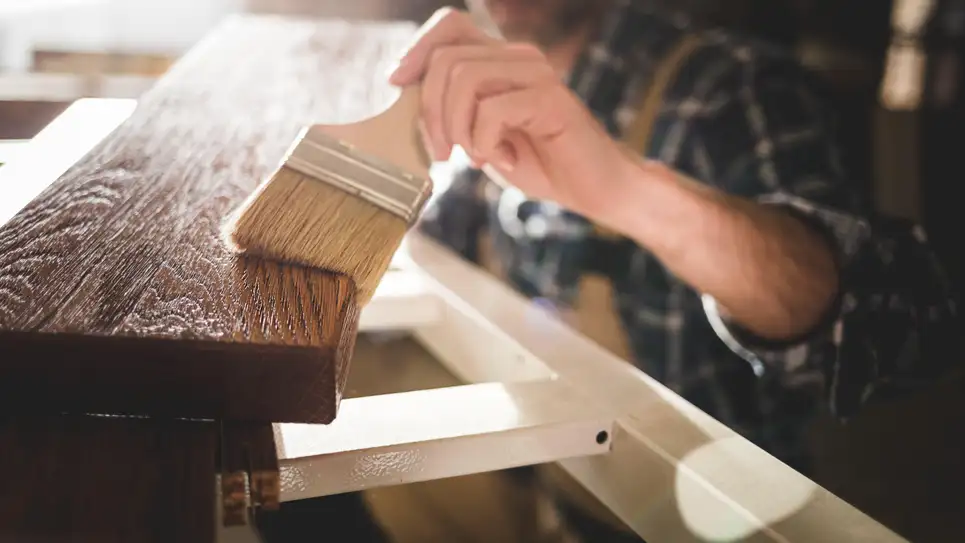
If your side tables are covered in scratches, try using all-purpose powder to make small scratches less noticeable. Make a thick paste of coffee grounds and water and apply it to furniture scratches with a Q-tip; let it sit for 10-15 minutes, then wipe it off with a clean cloth. Repeat as necessary. Scratches will become less noticeable, but the abrasive effect of the coffee grounds will flatten the surrounding surface, making the scratches less noticeable. (Note: Use only on dark brown furniture to avoid staining).
Makes Stretch Marks and Cellulite Less Visible
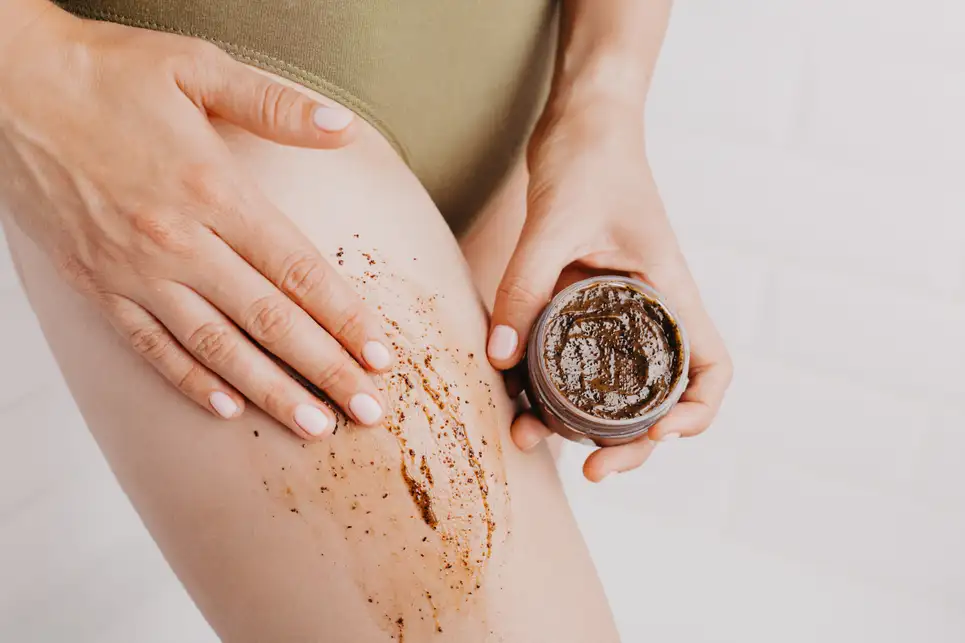
Coffee grounds do not magically make cellulite disappear. However, according to a study published in the National Library of Medicine, “caffeine is used as the active compound in anti-cellulite products because it prevents excessive accumulation of fat in the cells.” Make your own coffee scrub (mix the powder with water, coconut oil or an emollient of your choice) and use it topically two to three times a week.

